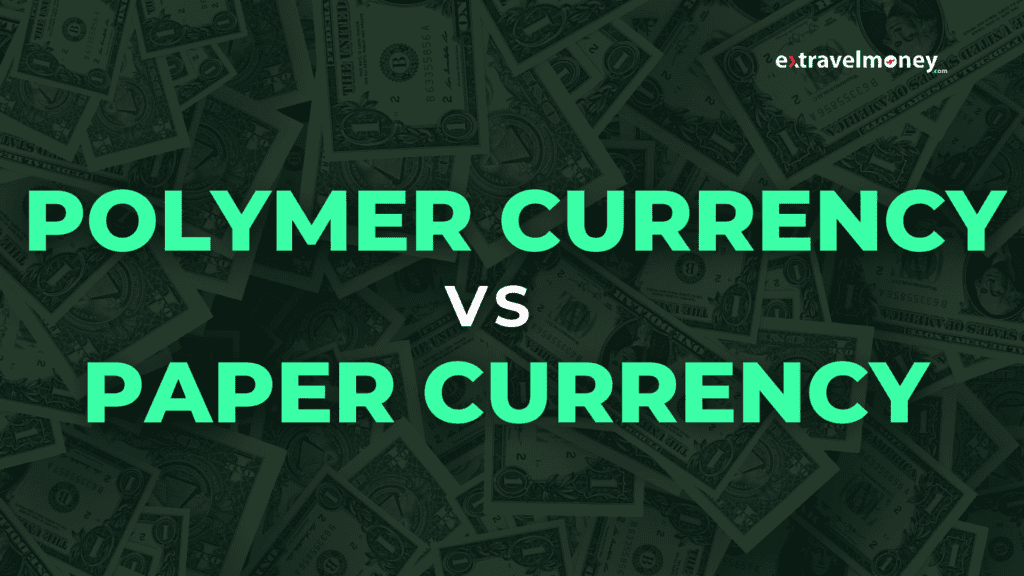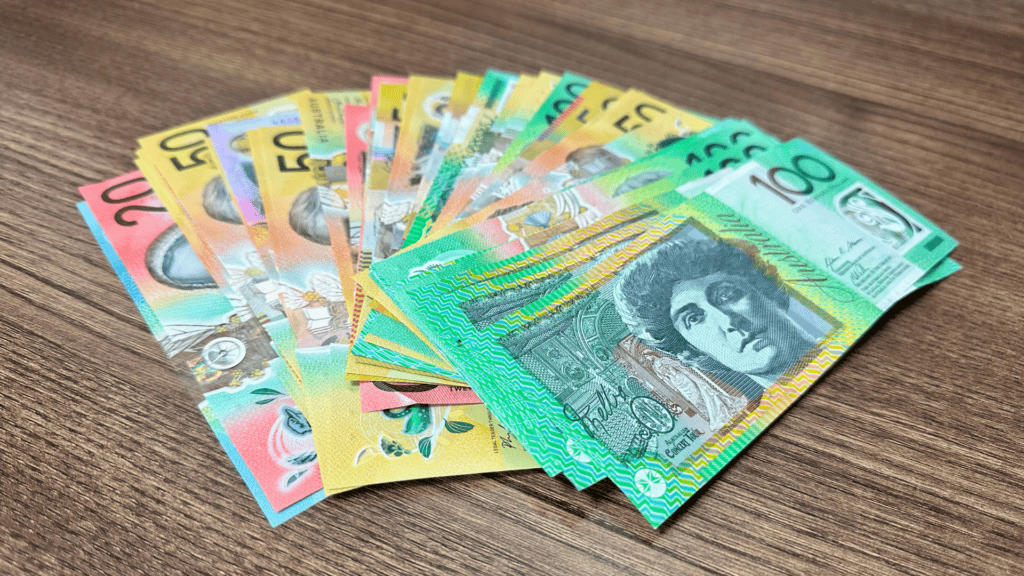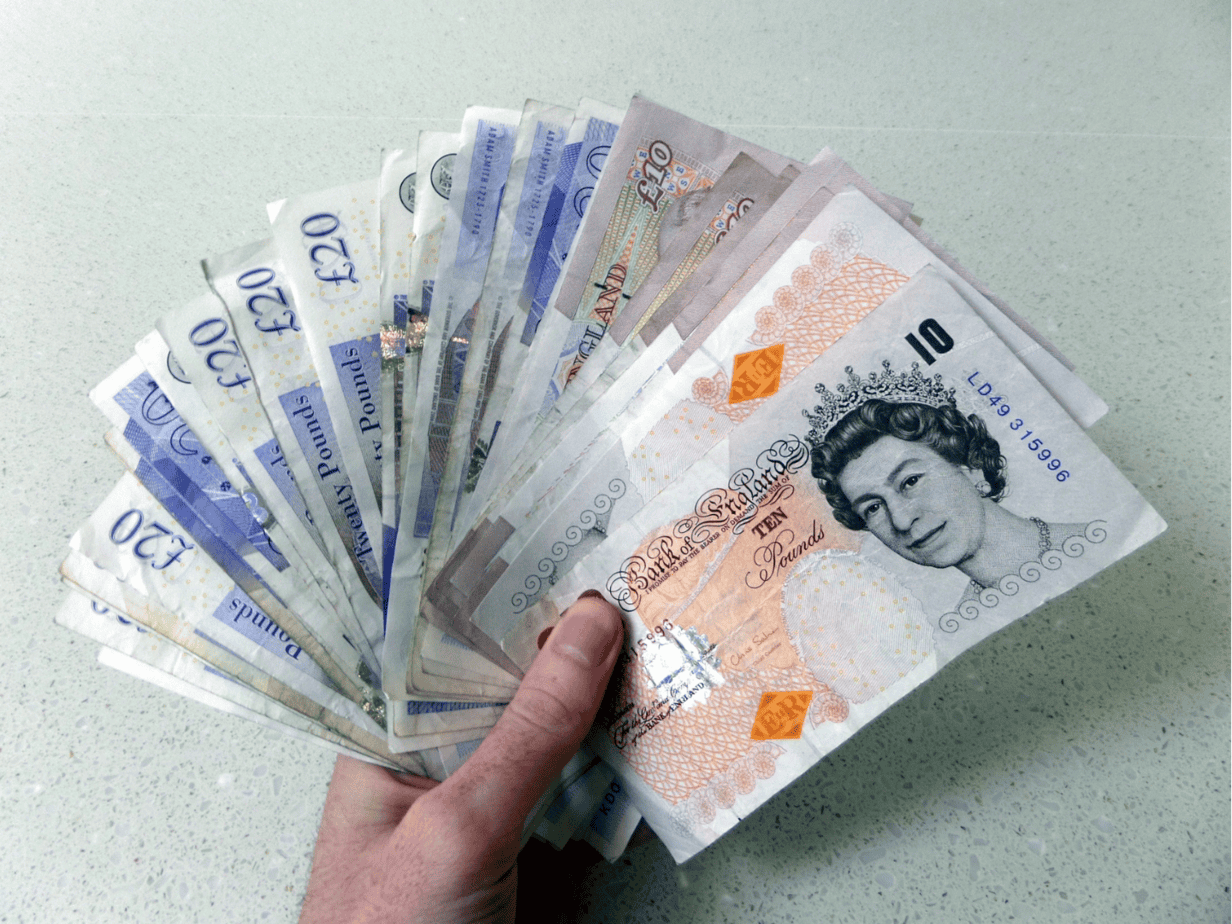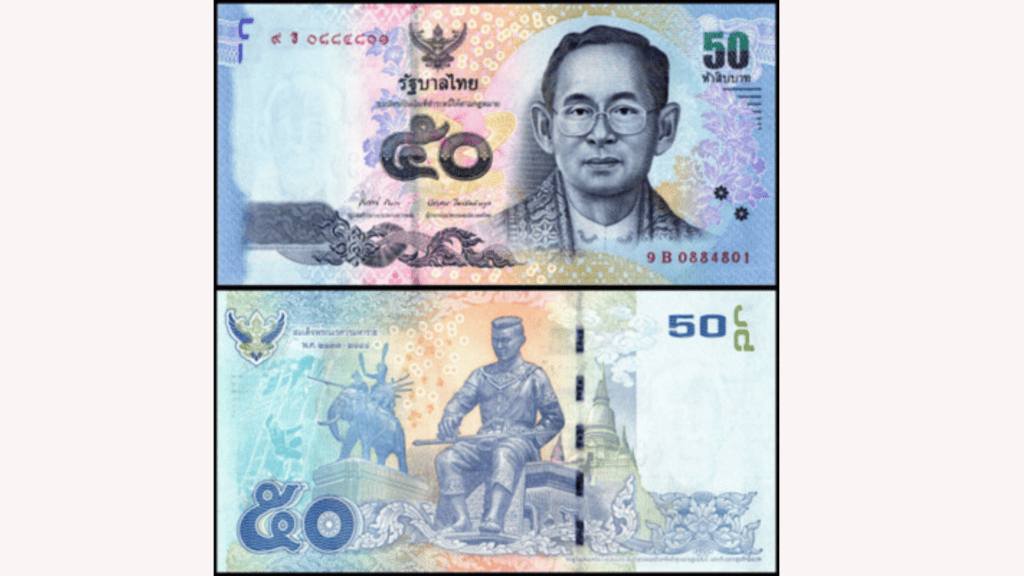
Polymer banknotes are emerging as the smarter, stronger alternative to paper notes. This blog explores its pros and cons and analyses whether India is ready for the upgrade.
Also Read: How to Save on Currency Exchange – 7 Tips for Indian Travellers
What are Polymer Banknotes?
Polymer banknotes, also known as plastic currency, are banknotes made from polypropylene, which is a transparent synthetic resin. Colours, engravings, and metal films are added to these notes to make them unique and difficult to counterfeit.

Advantages of Polymer Currency over Paper Currency
| Features | Polymer Banknotes | Paper Banknotes |
| Water and Dirt proof | Polymer is inherently water-resistant, making it suitable for humid and rainy climates. | Paper-cotton blend notes absorb water and dirt easily and get damaged quickly. |
| Durability | The lifespan of 7.5 years will save production costs because fewer bills will be needed at longer intervals. | Lifespan of 1.5-2 years; wears out quickly, requiring frequent printing. |
| Security Features | Transparent nature helps to include features like see-through windows and text, metal films, holograms, and fluorescent images, making counterfeiting difficult. | Limited to basic features like watermarks and security threads because of lower possibility for inclusion in paper. |
| Hygiene | Non-porous and smooth surface makes it easy to clean and resists bacteria from dirt and sweat. | Porous and absorbs dirt, moisture, and germs. |
| Cost Efficiency | Higher initial cost but cost-effective long term due to high durability | Cheap to produce, but frequent replacement increases long-term cost. |
| Environmental Impact | Lower overall impact due to longer life and recyclability. Notes can be shredded to pellets and can be used to make other plastic products. | Biodegradable, but high replacement creates more energy consumption and waste. |

Disadvantages of Polymer Currency Compared to Paper Currency
| Features | Polymer Banknotes | Paper Banknotes |
| Production Cost | Higher per unit cost due to advanced materials and technology | Lower cost as it is inexpensive to print |
| Comfort of Use | Can be stiff, too smooth and slippery to count. May stick together when wet. Hard to fold and forms creases if force-folded. | Easy to handle and fold |
| Biodegradability | Non-Biodegradable | Biodegradable |
Countries with Polymer Banknotes
Australia is the pioneer country to introduce polymer banknotes to the world in 1988. It was a collaborative effort between the Reserve Bank of Australia (RBA) and the Commonwealth Scientific and Industrial Research Organisation (CSIRO).
Currently, 60 countries have adopted polymer banknotes either fully, for commonly used currencies, for commemorative issues, or as part of experiments.
The following are the prominent travel hotspots and study abroad destinations that circulate polymer notes for a more secure and durable currency experience.
| Australia | Issues for all of its denominations | Buy Australian Dollar |
| United Kingdom | Issues for £5, £10, £20 | Buy Great British Pound |
| Singapore | Issues for all of its denominations | Buy Singapore Dollar |
| Canada | Issues for all of its denominations | Buy Canadian Dollar |
| New Zealand | Issues for all of its denominations | Buy New Zealand Dollar |
| Malaysia | Issues for the RM1 and RM5 denominations | Buy Malaysian Ringgit |
| Hong Kong | Issues for HK$10 | Buy Hong Kong Dollar |
| China | Issued for commemorative currencies | Buy Chinese Yuan |
| United Arab Emirates | Introduced for AED 5, AED 10, AED 50, AED 100, AED 500, AED 1000 | Buy UAE Dirham |
| Saudi Arabia | Issues for SAR 5 | Buy Saudi Riyal |
| Thailand | Issues for 50 THB | Buy Thai Baht |

Will India Introduce Polymer Currency?
The features of polymer currency make it a proactive choice for India’s climate and increasing counterfeit reports. Despite the chance to introduce polymer notes during demonetization, the government chose not to. Why might that be?
- The high initial cost may be a barrier for a developing country like India.
- Adoption of polymer notes requires new machinery for production and counterfeit detection at banks and offices.
- The ATMs in India cannot detect plastic currency, requiring large-scale replacement.
So will India switch to polymer notes? The latest response dates back to 2024; according to The Economic Times, The Union Minister of State for Finance of India, Mr. Pankaj Chaudhary stated, “Government has taken no decision to introduce plastic notes in terms of section 25 of the Reserve Bank of India Act, 1934.”1
Let’s hope that in the near future, India shall introduce plastic notes, at least for lower and frequently used denominations like ₹10 and ₹20 and adopt a sustainable path of currency production.
So why does this matter to globetrotters? Don’t be surprised if the cash feels like plastic in your hand. It’s real! Polymer banknotes bring modern innovation to everyday money. So let’s look forward to a day when these durable notes find their way into Indian wallets.
Also Read: Forex Card or Cash Which is Best for International Trip?
Article Sources:
Ann Mariya Job is the Associate Content Writer at ExTravelMoney.com. Holding a Bachelor’s in Journalism, she excels in creating deeply researched, engaging, and crisp content. Her work helps readers understand the complexities of foreign exchange, overseas money transfers, and international travel.
